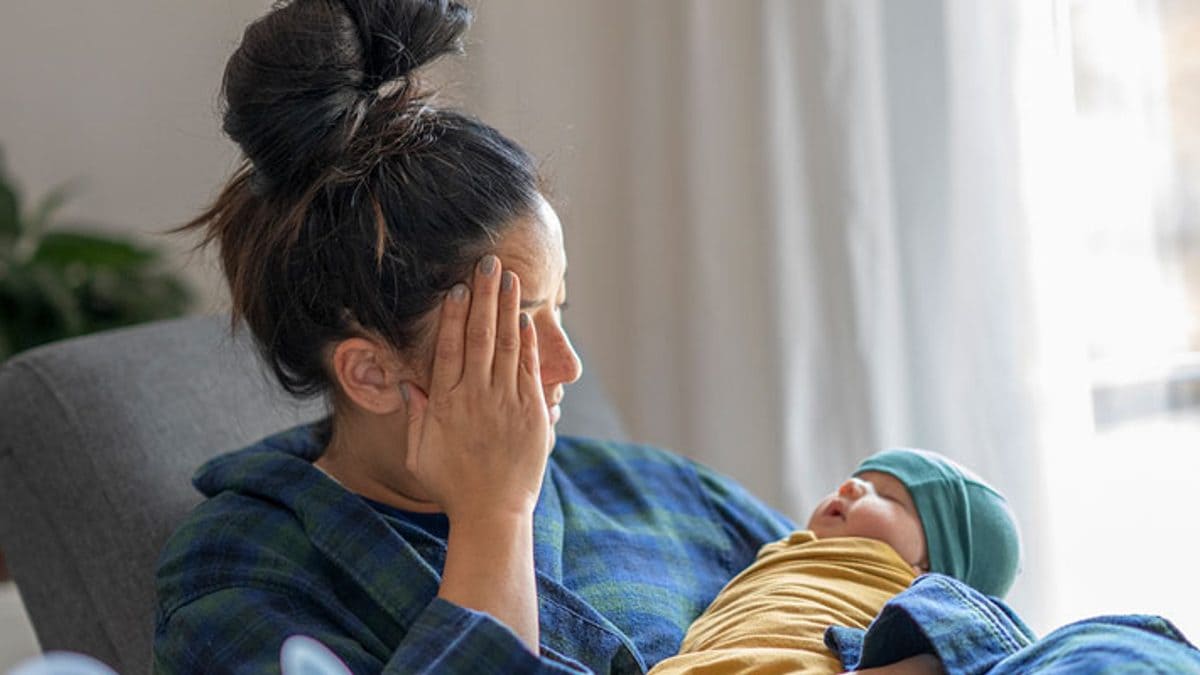6 Major Changes That Women Experience During the Postpartum Period
Post-Pregnancy Problems: For a family, pregnancy is a life-changing event, especially for the mother. The would-be mother’s body goes through a significant metamorphosis throughout the pregnancy, labour, and delivery processes. A new mother has a new set of physical and mental symptoms after giving birth, in addition to the significant adjustment of being a parent, where new moms feel unprepared or struggle to adjust to the changes in their physical condition following delivery.
According to experts, a mother’s body needs time to recuperate from such a significant process as pregnancy, so certain symptoms last basically for a few days or weeks. The length of the recovery period varies from case to case depending on the person’s health and delivery procedure.
A WOMAN’S BODY GOES THROUGH 6 PHYSICAL CHANGES AFTER PREGNANCY
Low Iron Levels:
Due to blood loss during delivery, which causes weariness and exhaustion, new mothers are more likely to experience iron deficiency after giving birth. In these circumstances, maintaining iron levels can be achieved by consuming foods high in iron, such as red meat, fortified whole grains, beans, lentils, and leafy greens, as well as vitamins A, E, C, and B complex, choline, chromium, copper, iodine, selenium, and zinc.
Swollen Areas:
Depending on whether a baby is delivered vaginally or via c-section, some symptoms may vary slightly. A new mother’s crotch will swell, bruise, and hurt after a vaginal delivery, while a C-section will leave her with a swelling belly and a painful incision. Over several weeks, both of these symptoms progressively get better.
Breast Enlargement:
When levels of the hormones oestrogen and progesterone fall, the hormone prolactin, which aids in the synthesis of breastmilk, is released. Due to increased blood flow and milk production from the increase in prolactin, a new mother’s breasts appear to be larger than they were during pregnancy.
Postpartum bleeding:
A discharge known as lochia, which resembles a menstrual period and can linger up to four or six weeks post-delivery, is the most typical symptom a mother may encounter. The lochia, which is a discharge made up of blood, uterine lining fragments, mucus, and white blood cells, is brought on by the uterine lining shedding and restoration.
Initially, the lochia mostly contains blood; but, after a few days or weeks, mucus predominates over blood in the lochia.
Constipation: The pressure from labour and pushing, as well as the actual act of the baby’s head poking through and pressing against the urethra, can cause a new mother to experience urine or faecal incontinence.
Hormone Fluctuations: Following delivery, a mother’s body experiences hormonal fluctuations in which oxytocin levels rise and oestrogen and progesterone levels fall, typically causing anxiety. Baby blues, a condition when moms suffer a sharp surge in mood swings, anxiety, and irritability, is a syndrome that new mothers tend to face when oestrogen and progesterone levels drop. Additionally, oxytocin, which is released into the mother’s bloodstream immediately after delivery, activates the mother’s behaviour and instincts.
It is essential in these circumstances that the mother listens to her body and gets professional assistance if something doesn’t feel right because of the numerous changes a woman’s body goes through throughout pregnancy.
For all the latest lifestyle News Click Here

